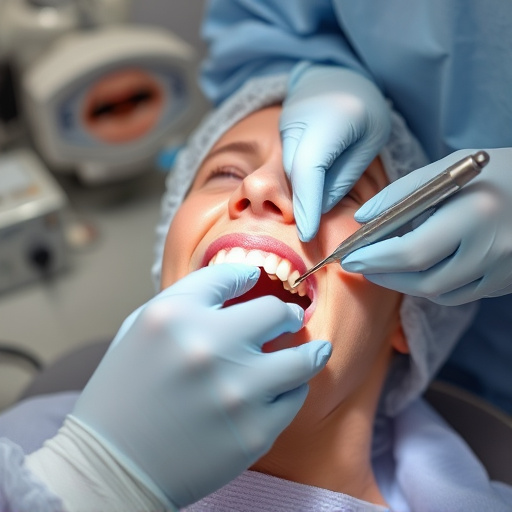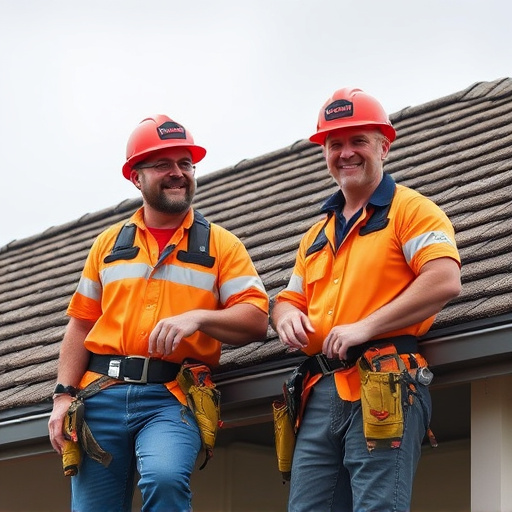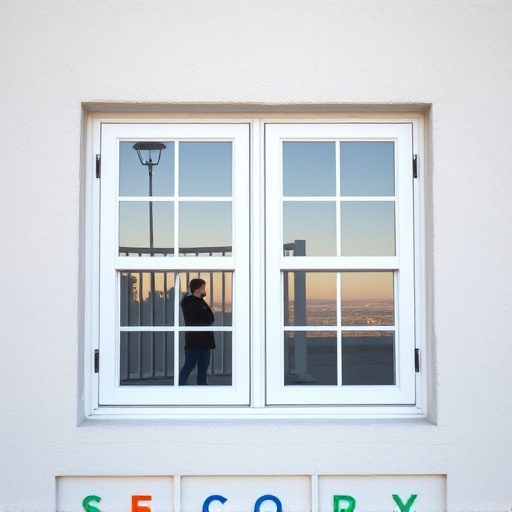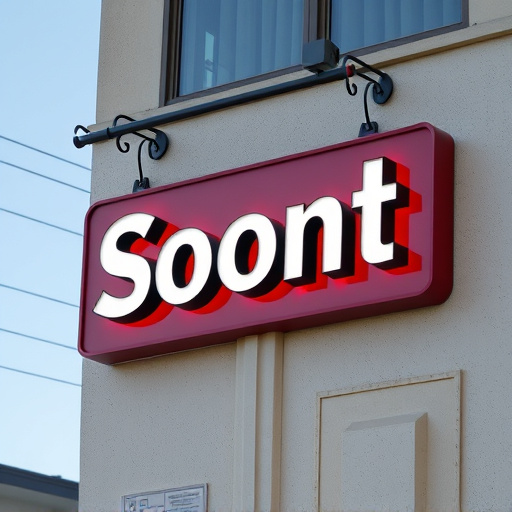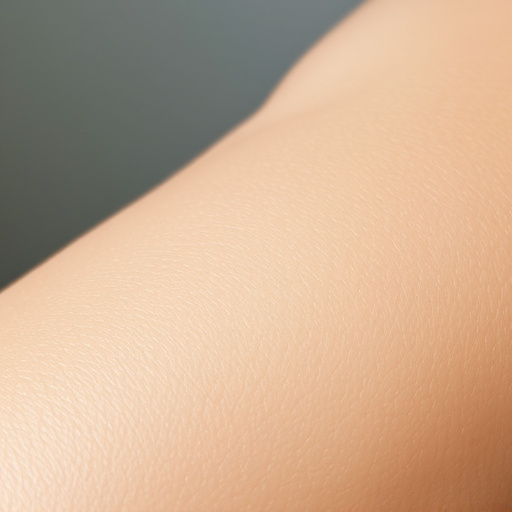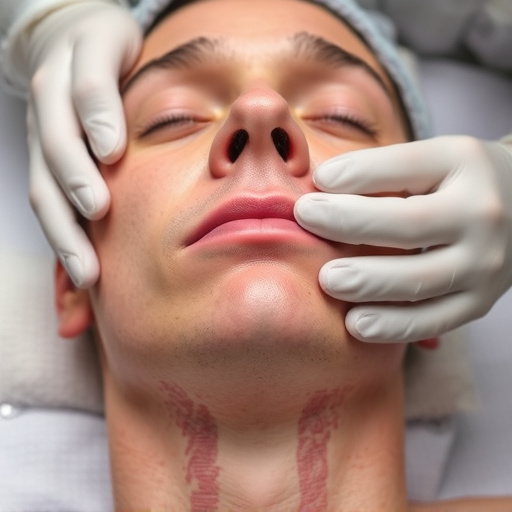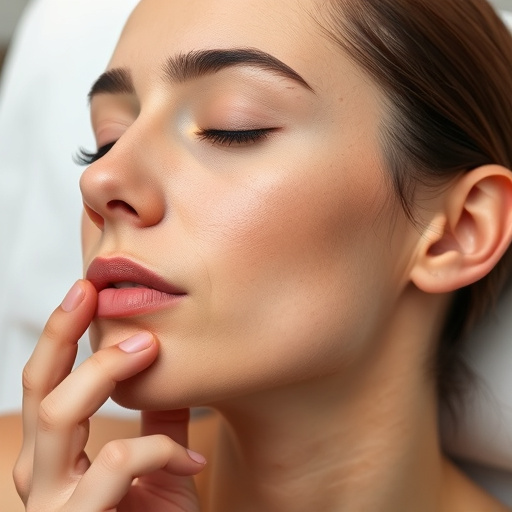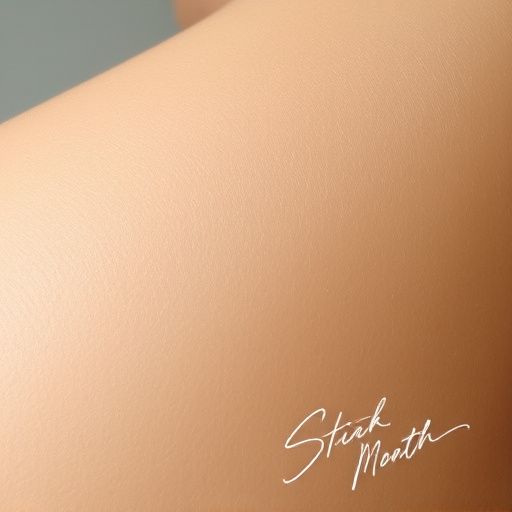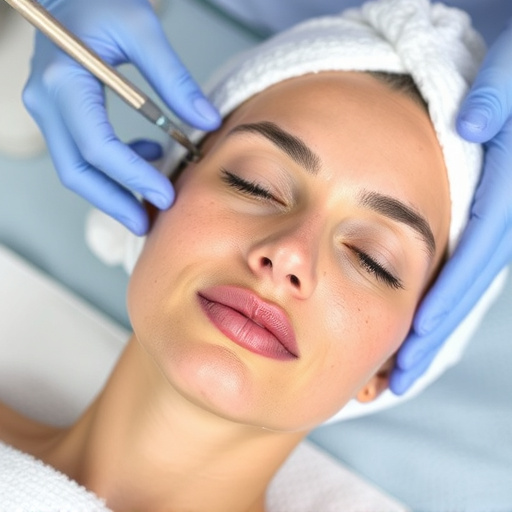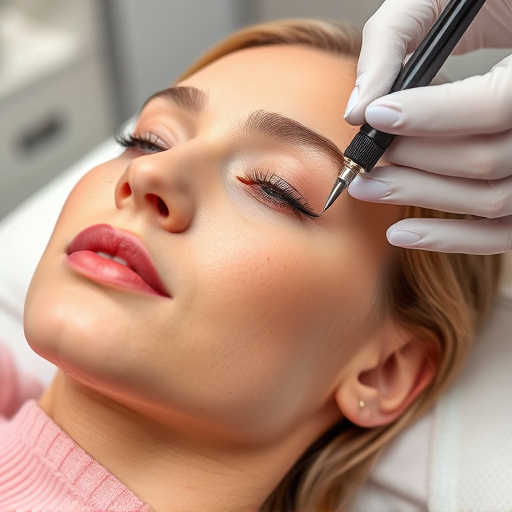Spider veins, caused by various factors like genetics and prolonged standing, are visible blood vessels on the skin's surface. Traditional treatments include injection therapy and Intense Pulsed Light (IPL) for non-invasive options. IPL disrupts vein pigment, allowing the body to eliminate them naturally, improving leg aesthetics and skin brightening. These modern approaches offer minimal discomfort, swift recovery, and effective spider vein treatment while prioritizing skin health.
Spider veins can be a cosmetic concern, affecting both appearance and comfort. This article explores effective treatments for these unsightly vessels. We delve into the causes and symptoms of spider veins, focusing on two promising methods: gentle injection therapy and light therapy. Both non-invasive approaches offer relief without discomfort or downtime, providing clear alternatives to traditional treatments. Discover how these innovative techniques can help you achieve smooth, radiant legs and boost your confidence.
- Understanding Spider Veins: Causes and Symptoms
- Gentle Injection Therapy: A Non-Invasive Approach
- Light Therapy: An Alternative Treatment Option
Understanding Spider Veins: Causes and Symptoms
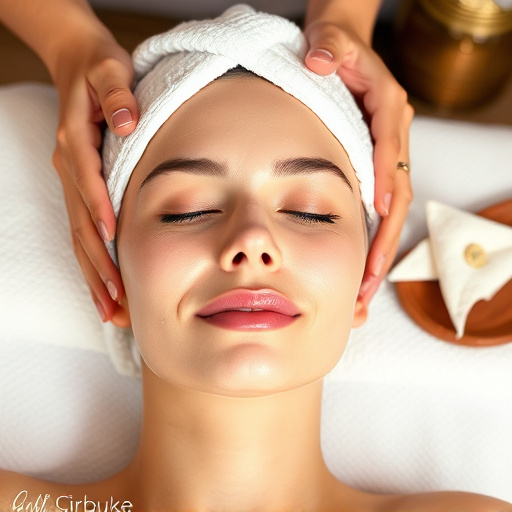
Spider veins, a common concern for many, are small, visible blood vessels that appear close to the surface of the skin, often in the legs and feet. They get their name from their web-like appearance, resembling a spider’s net. Understanding what causes these unsightly vessels is the first step towards effective treatment.
The development of spider veins is typically attributed to factors like genetics, age, hormonal changes, obesity, prolonged standing, or even pregnancy. They occur when blood flows backward due to weak valve function, causing blood to pool in the veins. This leads to dilated and inflamed vessels, resulting in the characteristic red, blue, or purple lines we often associate with spider veins. Many individuals seek spider vein treatment due to cosmetic concerns, but they can also cause discomfort, aching, and swelling in the affected areas, highlighting the importance of addressing this issue for improved skin health and overall well-being.
Gentle Injection Therapy: A Non-Invasive Approach
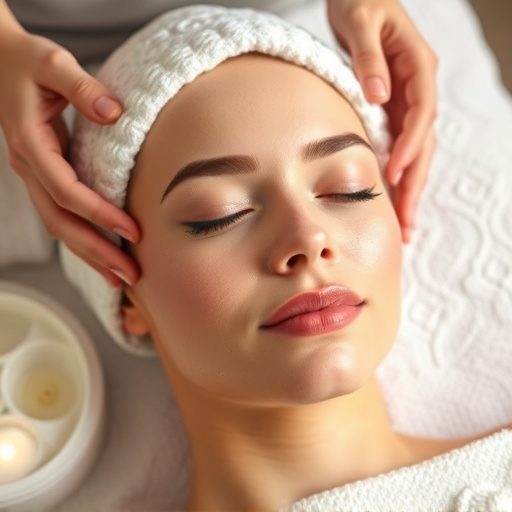
Gentle Injection Therapy represents a non-invasive approach to spider vein treatment, offering a significant advancement in professional skincare. This method involves the careful application of specialized injections directly into the affected areas, targeting the small, dilated veins that give rise to unsightly spider veins. Unlike more aggressive procedures, this technique prioritizes minimal discomfort and faster recovery times, making it an attractive option for those seeking effective yet gentle solutions for their skin concerns.
The key lies in the use of advanced formulations designed to strengthen blood vessel walls and improve circulation, thereby reducing the appearance of spider veins over time. This personalized skincare approach ensures that each treatment is tailored to the unique needs of the patient, promoting not just skin rejuvenation but also maintaining the overall health and integrity of the skin.
Light Therapy: An Alternative Treatment Option
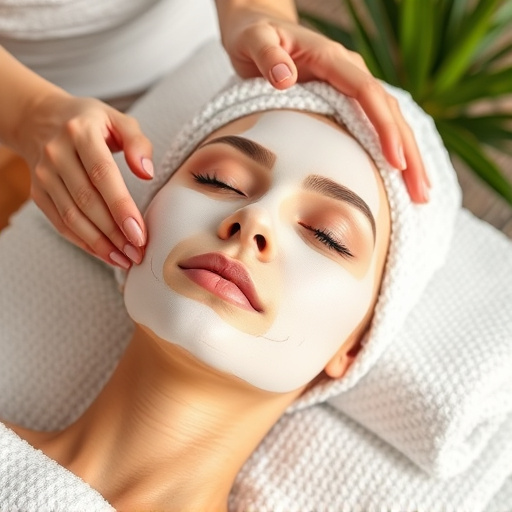
Light therapy, specifically Intense Pulsed Light (IPL), offers an alternative treatment for spider veins. Unlike traditional methods like laser hair removal or surgical procedures, IPL targets excess blood vessels without causing significant skin damage. This non-invasive approach uses a wide range of light wavelengths to break up the pigment in the veins, allowing the body to absorb and eliminate them naturally.
IPL is particularly effective for treating smaller spider veins and can also enhance skin brightening and overall aesthetic treatments. As a gentle yet powerful option, it’s becoming increasingly popular among those seeking to improve their leg appearance without the downtime or side effects associated with more aggressive procedures.
Spider vein treatment options like gentle injection therapy and light therapy offer effective, non-invasive solutions for those seeking relief from unsightly and uncomfortable spider veins. By understanding the causes and symptoms of these vessels, individuals can make informed decisions about which treatment method best suits their needs. Both approaches have proven successful in reducing the appearance of spider veins, promoting healthier leg circulation, and enhancing overall well-being.
